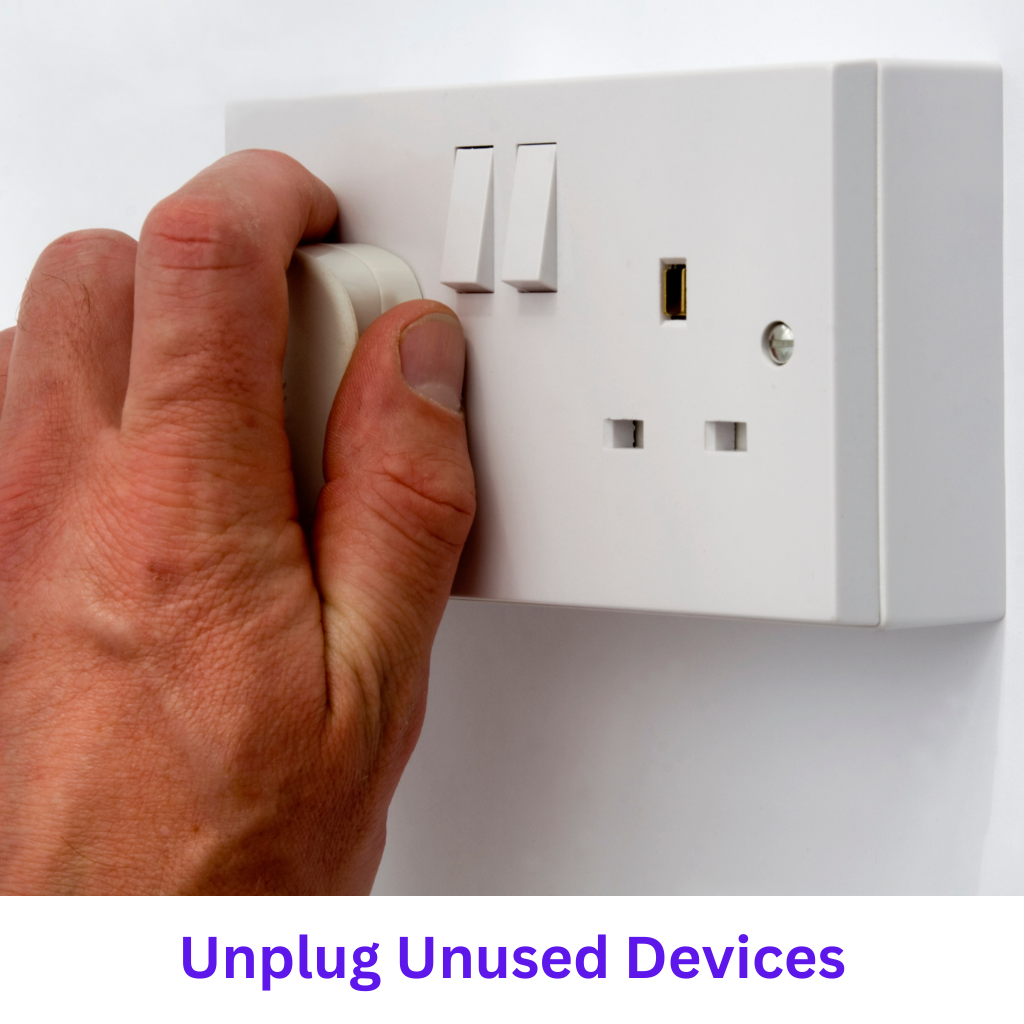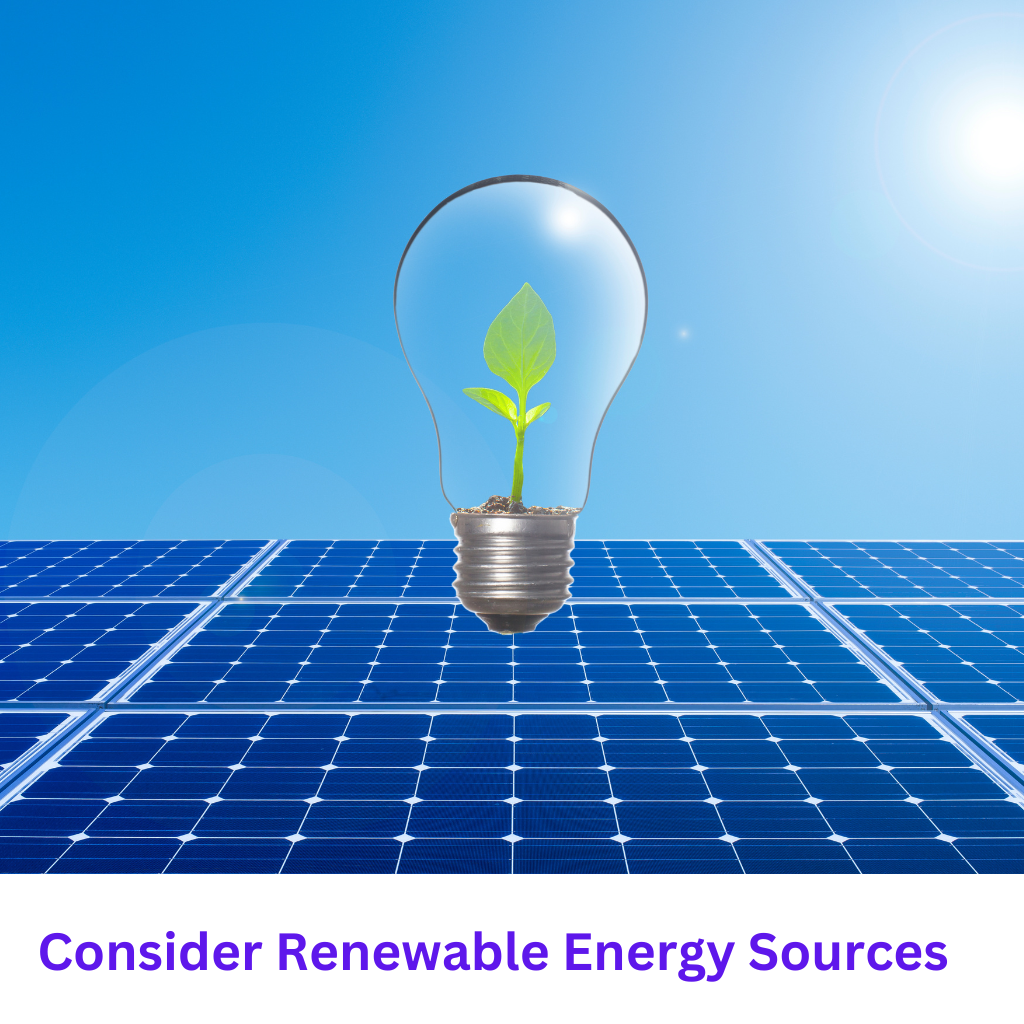How To Reduce Electricity Bill
Electricity is an essential part of our daily lives, but the cost of keeping the lights on and powering our devices can add up quickly. Rising energy costs are a concern for many households, and finding ways to reduce your electricity bill can make a significant difference in your monthly expenses. Fortunately, there are many simple and effective strategies you can implement to save money on your electricity bill without sacrificing comfort or convenience. In this blog, we will explore practical tips and techniques to help you lower your energy consumption and keep your electricity costs under control.

1. Conduct an Energy Audit
One of the first steps to saving money on your electricity bill is to conduct an energy audit of your home. An energy audit involves assessing how much energy your household uses and identifying areas where you can reduce consumption.
DIY Energy Audit:
- Check for Air Leaks: Inspect windows, doors, and walls for drafts or air leaks. Seal any gaps with weatherstripping or caulk to prevent heated or cooled air from escaping.
- Inspect Insulation: Ensure that your home is properly insulated, especially in the attic, walls, and floors. Proper insulation helps maintain a consistent indoor temperature, reducing the need for heating and cooling.
- Evaluate Lighting: Take note of the types of light bulbs you use. Incandescent bulbs use more energy compared to energy-efficient alternatives like LED bulbs.
Professional Energy Audit:
- Hire a Professional: Consider hiring a certified energy auditor to conduct a thorough inspection of your home. They can use specialized tools to identify energy inefficiencies and provide recommendations for improvement.

2. Upgrade to Energy-Efficient Appliances
Older appliances tend to consume more electricity than newer, energy-efficient models. Upgrading to energy-efficient appliances can significantly reduce your electricity usage and lower your bills over time.
Appliances to Consider Upgrading:
- Refrigerator: Modern refrigerators are designed to be more energy-efficient, using up to 40% less electricity than older models.
- Washing Machine: Energy-efficient washing machines use less water and electricity, especially if you choose a front-loading model.
- Dishwasher: Newer dishwashers are designed to clean dishes effectively while using less water and electricity.
- HVAC System: If your heating and cooling system is more than 10-15 years old, consider upgrading to an energy-efficient model to save on heating and cooling costs.

3. Use Smart Thermostats
Heating and cooling account for a significant portion of your electricity bill. One of the most effective ways to save on heating and cooling costs is by using a smart thermostat.
Benefits of Smart Thermostats:
- Programmable Settings: Smart thermostats allow you to program temperature settings based on your daily schedule. For example, you can set the thermostat to lower the temperature when you’re at work and raise it just before you return home.
- Remote Control: Most smart thermostats can be controlled remotely via a smartphone app, allowing you to adjust the temperature from anywhere.
- Energy Savings: By optimizing your heating and cooling settings, you can reduce energy consumption and lower your electricity bill.
Tips for Using a Smart Thermostat:
- Set a Comfortable Temperature: During the winter, set your thermostat to around 68°F (20°C) when you’re home and lower it when you’re asleep or away. In the summer, set it to around 78°F (25°C).
- Use Energy-Saving Modes: Many smart thermostats have energy-saving modes that automatically adjust the temperature to reduce energy consumption when you’re not home.

4. Optimize Lighting
Lighting is another area where you can save money on your electricity bill. By making a few simple changes to your lighting habits, you can reduce energy consumption without compromising visibility.
Switch to LED Bulbs:
- Energy Efficiency: LED bulbs use up to 75% less energy than traditional incandescent bulbs and last up to 25 times longer.
- Lower Heat Output: LED bulbs produce less heat than incandescent bulbs, which can help reduce cooling costs in the summer.
Use Natural Light:
- Maximize Daylight: Open curtains and blinds during the day to let in natural light. This reduces the need to use artificial lighting and can brighten your home naturally.
- Install Skylights: If possible, consider installing skylights in rooms that don’t receive much natural light. Skylights can reduce the need for electric lighting during the day.
Implement Lighting Controls:
- Install Dimmer Switches: Dimmer switches allow you to adjust the brightness of your lights, reducing energy consumption when full brightness isn’t needed.
- Use Motion Sensors: In areas where lights are often left on by mistake, such as hallways or outdoor spaces, install motion sensors to automatically turn off lights when they’re not needed.

5. Unplug Unused Devices
Many electronic devices and appliances continue to draw power even when they’re turned off. This phenomenon, known as “phantom” or “standby” power, can add up over time and increase your electricity bill.
Identify Phantom Power Drawers:
- Common Culprits: Devices like televisions, computers, chargers, and kitchen appliances often continue to use electricity when plugged in, even if they’re not in use.
Solutions:
- Unplug Devices: Make it a habit to unplug devices when they’re not in use, especially if you won’t be using them for an extended period.
- Use Power Strips: Plug multiple devices into a power strip, and turn off the power strip when the devices aren’t in use. This can help eliminate phantom power consumption.

6. Adjust Your Water Heater Settings
Water heating is another major contributor to your electricity bill. By making a few adjustments to your water heater settings, you can reduce energy consumption and save money.
Lower the Temperature:
- Recommended Temperature: Set your water heater to 120°F (49°C). This temperature is hot enough for most household needs and can help reduce energy consumption.
Insulate the Water Heater:
- Water Heater Blanket: If your water heater is older or located in an unheated space, consider wrapping it in an insulating blanket to reduce heat loss.
- Insulate Pipes: Insulate the hot water pipes coming from your water heater to prevent heat loss as the water travels to your faucets and appliances.

7. Wash Clothes Efficiently
Your laundry routine can have a significant impact on your electricity bill. By adopting energy-efficient laundry habits, you can save both water and electricity.
Use Cold Water:
- Cold Water Washing: Wash your clothes in cold water whenever possible. Modern detergents are formulated to work effectively in cold water, and this can reduce the energy used to heat the water.
- Cold Water Rinse: Always use cold water for the rinse cycle, as it doesn’t affect cleaning performance.
Full Loads Only:
- Maximize Efficiency: Wait until you have a full load of laundry before running the washing machine. This reduces the number of cycles you need to run and saves water and electricity.
Air Dry Clothes:
- Line Drying: If possible, hang your clothes to dry on a clothesline or drying rack. Air drying uses no electricity and can help your clothes last longer by reducing wear from the dryer.
- Use Dryer Balls: If you use a dryer, add dryer balls to reduce drying time and energy consumption.

8. Seal and Insulate Your Home
Properly sealing and insulating your home can prevent heat from escaping in the winter and keep your home cooler in the summer, reducing the need for heating and cooling.
Seal Gaps and Cracks:
- Weatherstripping: Apply weatherstripping around doors and windows to seal gaps that allow air to escape.
- Caulking: Use caulk to seal cracks and gaps around windows, doors, and other openings in your home’s exterior.
Insulate Attic and Walls:
- Attic Insulation: Ensure that your attic is properly insulated to prevent heat from escaping through the roof.
- Wall Insulation: If your home has older or inadequate insulation, consider upgrading the insulation in your walls to improve energy efficiency.

9. Practice Energy-Saving Habits
In addition to making physical changes to your home and appliances, adopting energy-saving habits can have a significant impact on your electricity bill.
Turn Off Lights:
- When Not in Use: Make it a habit to turn off lights when you leave a room, even if you plan to return shortly.
- Use Task Lighting: Instead of lighting an entire room, use task lighting to illuminate only the area where you’re working or reading.
Limit Appliance Use:
- Use Appliances Sparingly: Only use appliances like dishwashers, washing machines, and dryers when you have a full load. Avoid running them during peak hours when electricity rates may be higher.
- Cook Efficiently: When using the stove or oven, use the smallest burner or oven compartment necessary for the job. This can reduce energy consumption and cooking time.

10. Consider Renewable Energy Sources
If you’re serious about reducing your electricity bill, consider investing in renewable energy sources such as solar panels. While the initial cost can be high, the long-term savings can be significant.
Solar Panels:
- Generate Your Own Electricity: Solar panels allow you to generate your own electricity, reducing your reliance on the grid and lowering your electricity bill.
- Government Incentives: Many governments offer incentives, rebates, or tax credits for installing solar panels, which can help offset the initial cost.

FAQ's
Turn off lights and appliances when not in use, and use energy-efficient bulbs and devices.
Yes, they use less power, which can lower your electricity bill over time.
Yes, unplugging devices can save electricity, as some use power even when turned off.
Use fans, set your thermostat to a comfortable but energy-saving temperature, and make sure your home is well insulated.
Yes, opening curtains and blinds during the day reduces the need for electric lighting.
Yes, using appliances during off-peak hours can sometimes reduce your electricity rate, depending on your provider.
Yes, well-maintained appliances run more efficiently and use less energy.
Yes, a smart thermostat can adjust heating and cooling based on your habits, saving energy.
Yes, air-drying clothes saves electricity that would be used by the dryer.
Use lids on pots to cook faster, keep your fridge full, and only run the dishwasher when it’s full.
